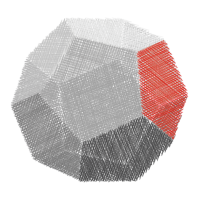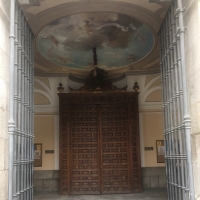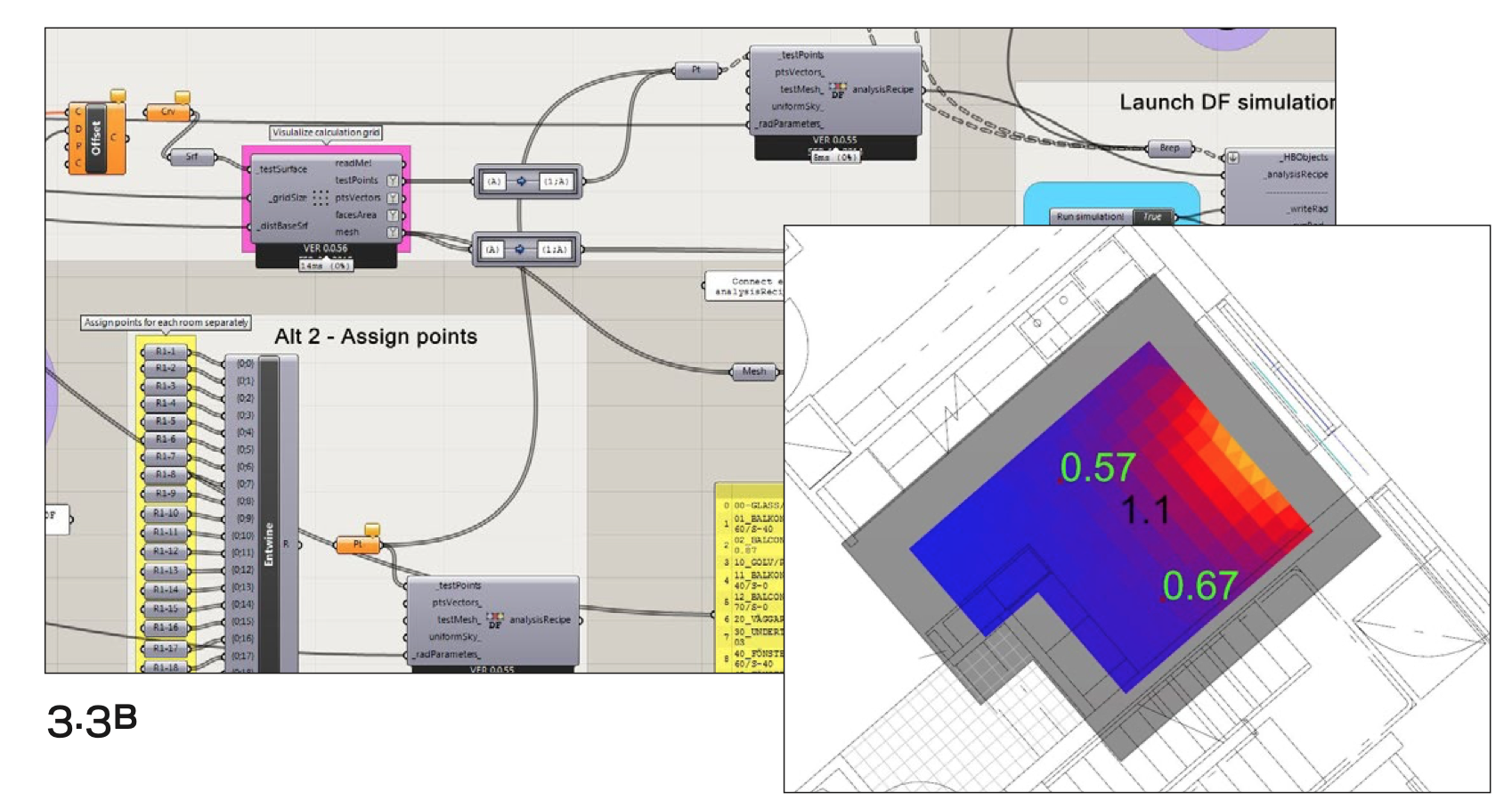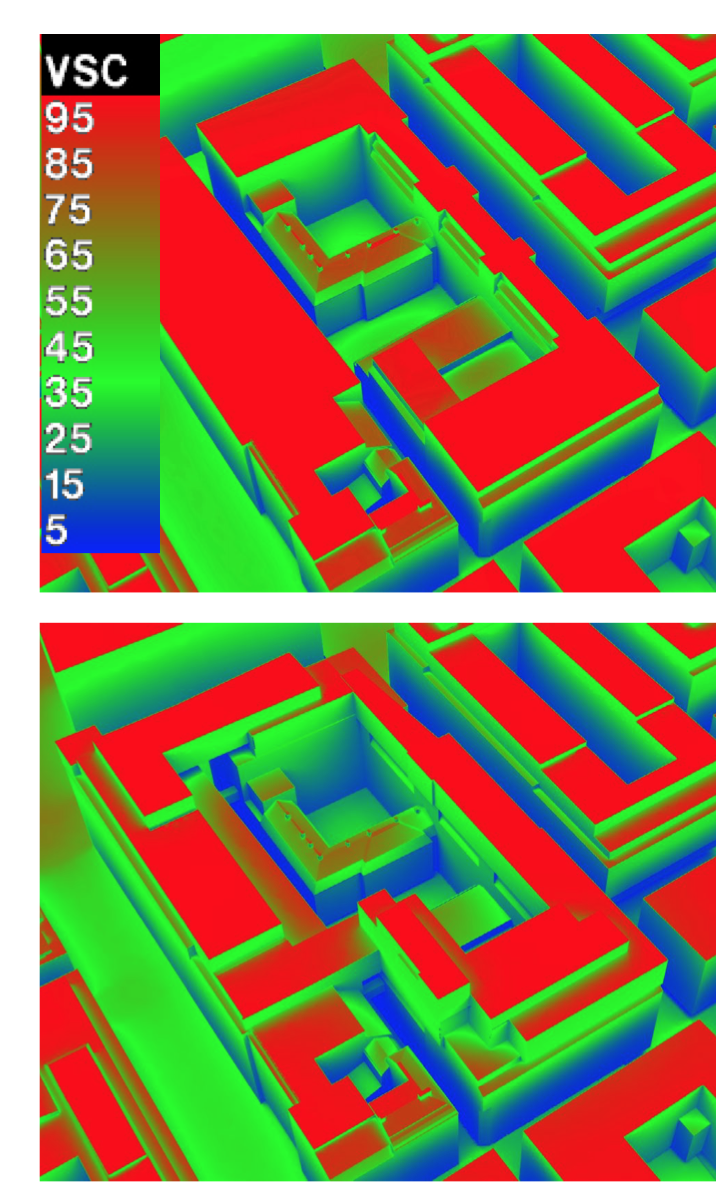VI-Suite v0.6 user manual
Dear community.
Just wanted to let you all know that a user manual for v0.6 of the VI-Suite is now available in the Documentation section of the VI-Suite website (http://blogs.brighton.ac.uk/visuite/).
For those that don't know, the VI-Suite is an open-source add-on (Linux, Windows and OS X) for Blender that interfaces with Radiance (with the LiVi component), EnergyPlus (with the EnVi component) and OpenFOAM (with the FloVi component - Linux only, maybe Windows).
It also contains some contextual and urban analysis capabilities such as sun path, wind roses, shadow mapping and SVF calculation.
v0.6 is by no means bug free, but bug reports are welcome and can be made at the github page (https://github.com/rgsouthall/vi-suite06).
Video tutorials to come next. They say 'no rest for the wicked'. Just wish I was wicked.
Regards
Ryan









Comments
This is amazing work @rgsouthall and a huge thank you to your efforts! I have seen Vi-suite before on the Radiance forums. I think we should create a Wiki page for this and feature it on the homepage as it is currently the most mature environmental analysis tool on Blender.
I haven't had the chance to play with it, and I'm not qualified as a building physics guy, but can you explain what the overlaps are between the Vi-Suite and Ladybug tools? The underlying engines are the same, and both offer a node-based approach. So at a glance I'm not entirely sure. Ping @mostapha ?
Hi.
That, I'm afraid, I can't tell you. I've never used Grasshopper et al. I'm generally Linux only. I can only postulate that whereas Ladybug etc implements elements of analysis that combine to create very flexible work flows, the VI-Suite is more about doing certain things, guided by my research, as well as it can. But I really am guessing here. Nodes, for me, are more about packaging certain blocks of functionality - trading in some flexibility for speed and simplicity - and to define the relationships between things in a building. The VI-Suite also focuses on very deep integration with the Blender API - particle system for Radiance instances for example.
@rgsouthall I'm working through setting up the main OSArch site as a news outlet for all the news happening in the FOSS + AEC world. I've backdated an article about this release of yours and it's available here: https://osarch.org/2020/11/15/vi-suite-user-manual-released-for-environmental-analysis-with-blender/
Let me know if you'd like any changes :) As the news site gets going, it would be awesome to continue to post articles there about updates happening with VI-Suite!
Very good indeed. Could even constitute the kick up the arse I need to get some video tutorials out this weekend.
Try to run the Vi-Suite on Win10.. I do not find the LIVI and EnVi nodes Tabs..?

do I need to set the lib & bin paths ? got no error while installing the Add-on via the zip file. The manual says 2.83.6,, I have 2.83.9 ? is this the problem?
Lukas
well, probably... !
first and only add-on is vi-suite.master.zip on Blender 2.83.6
You'll find nodes in the "node editor", the choose the kind of editor.
This is incredible. Would love some tutorials, or any guidiance, working with DF and VCS right now, do you have any discord/chat forum?
Cheers
Chris
@CGR what's DF and VCS?
@Moult
Sorry, maybe its internal words for things used at my office..? Nothing complex.
DF is Daylight factor= ((illuminance indoors/illuminance outoors) x 100)
The daylight factor is the proportion of light from the sky that hits a point or a surface. A standardized sky model is used to approximate an even cloudy sky. This sky model called the CIE overcast sky is three times brighter at zenith than at the horizon.
We measure inside office and apartment environments we currently are developing. . but in my country we have this measurement standard for apartments and households: daylight factor of average 1% has to be fulfilled at a certan point placed half way into the depth of a room.


The VSC stands for Vertical Sky Component, here in my country this is similar to what you did in ladybug in utube?.
The Vertical Sky Component (VSC) is described by the UK Building Research Establishment (BRE) as the ratio of the direct sky illuminance falling on the vertical wall at a reference point, to the simultaneous horizontal illuminance under an unobstructed sky [Littlefair, 1991]. It also states that the Standard CIE Overcast Sky model is to be used for the sky illuminance distribution. This means that the reference value for the VSC percentage is effectively the unobstructed horizontal sky component.
The calculation performed by this component comes from this discussion on the RADIANCE forum: http://www.radiance-online.org/pipermail/radiance-general/2006-September/004017.html
The VSC diagram indicates the proportion of the sky light that comes from a CIE overcast sky (cloudy sky) that hits each facade. A rough assumption can then be made that windows which are reached by less than 12% VSC (shown in dark blue color) are likely to have difficulty achieving daylight requirements (DF factor above) which makes VSC a good way of knowing in a early stage where problem areas could be in the project regarding daylight factor.


Other interesting and great measurementts and more climate based methods, but more complex are; useful daylight illuminance (UDI), daylight autonomy (DA), Spatial Daylight Autonomy (sDA), Annual sunlight exposure (ASE), Daylight glare Probability (DGP). All great stuff very powerful indicators that can i.a. be used to determine daylight, solar radiation and glare. Can predict visual comfort.
But both material and geometric input are needed.
Cheers!
Great summary @CGR ! I am pretty sure that Vi-Suite can indeed get those values and is described in their documentation manual: https://cpb-eu-w2.wpmucdn.com/blogs.brighton.ac.uk/dist/3/21/files/2020/11/vi06_0_1-1.pdf (see VI Metrics Node). Have you tried it?
Thanks, @Moult ! Yes i went all through it, but im more used to ladybug / honeybee . Also OS big sur seems to put bad bugs into my simulations with vi-suite. Though it probably could be very powerful.
im trying to see how well ur ladybug transfer performs but i will move some questions and discussion to that thread instead :)
Cheers!